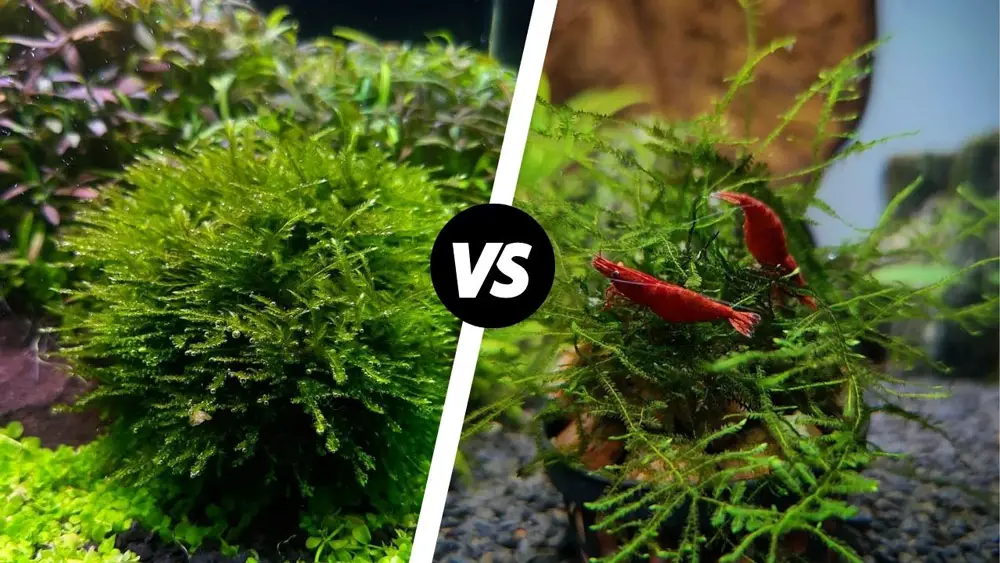Java Moss on Driftwood: 5 Quick & Fun Ideas for An Aquarium
Java moss is a popular plant for keeping in fish tanks because it’s easy to care for and extremely hardy. Its unique ability also can give any boring and bare aquarium a boost of life. Driftwood is one of the most versatile pieces of aquarium décor. It can be used to create an elaborate aquascape, … Read more

